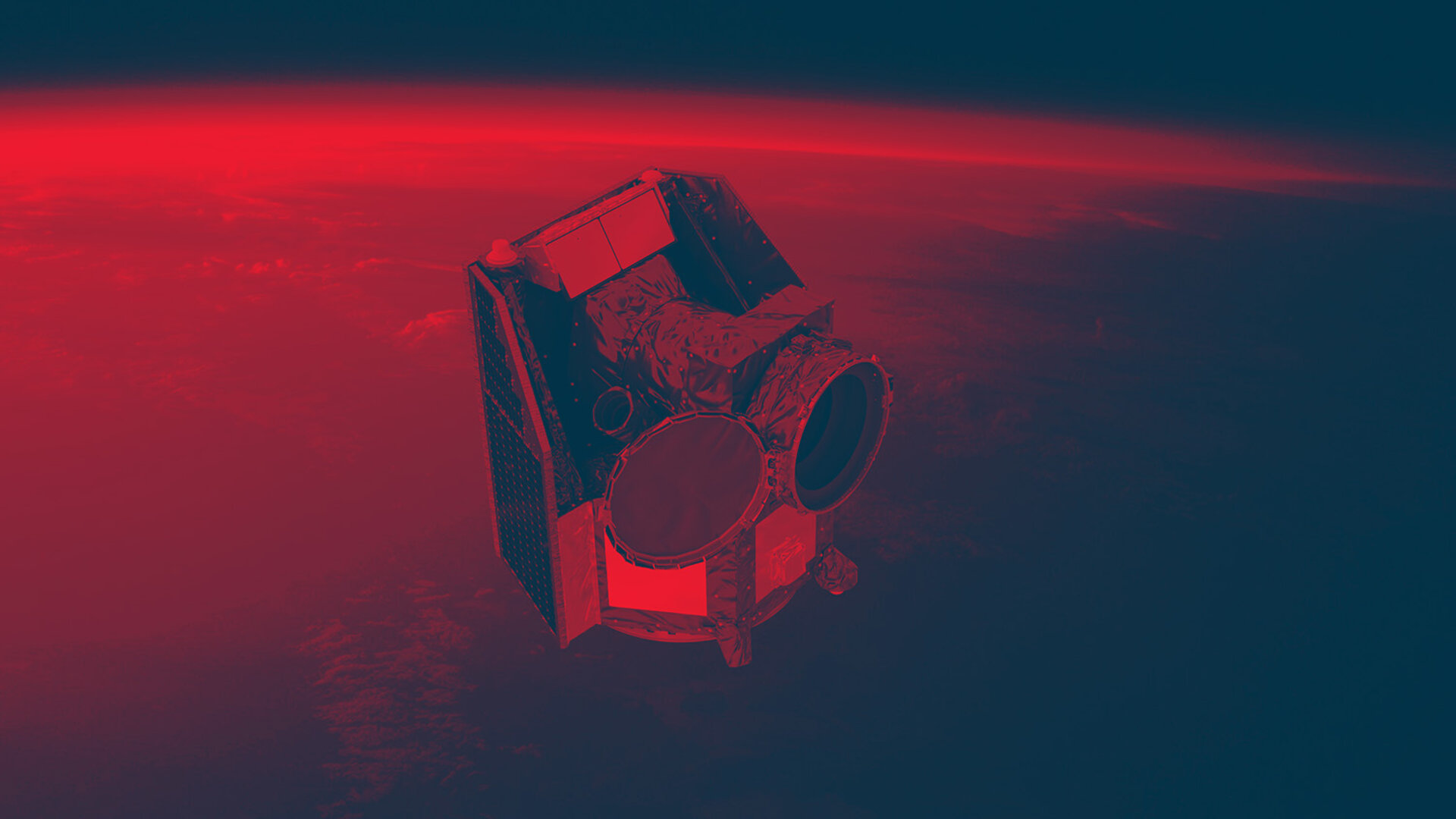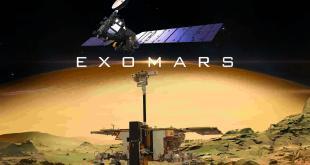
The European Space Agency (ESA)’s CHaracterizing ExOPlanet Satellite (Cheops) mission has observed a dwarf planet in our Solar System, contributing to the discovery of a dense ring of material around it. The mission discovered that the Dwarf Planet Quaoar had a ring of almost seven and a half times the radius of the Dwarf Planet. This consequently opens up a mystery for astronomers; why has this material not coalesced into a small moon?
The mission discovered the ring through a series of observations that took place between 2018 to 2021. Using a collection of ground-based telescopes, and the space-based telescope Cheops, astronomers watched as Quaoar crossed in front of a succession of distant stars, briefly blocking out their light as it passed. This phenomenon is an occultation.
Observing how the light from such an occulted star drops provides information about the passing object’s size and shape. Furthermore, it can reveal whether the intervening object has an atmosphere. In this case, smaller drops before and after the main occultation betrayed the presence of material in orbit around Quaoar.
Bruno Morgado, Universidade Federal do Rio de Janeiro, Brazil, led the analysis. He combined the Cheops data with that from large professional observatories worldwide and amateur citizen scientists, all of whom had observed Quaoar occult various stars over the last few years. “When we put everything together, we saw drops in brightness that Quaoar did not cause but that pointed to the presence of material in a circular orbit around it. The moment we saw that, we said, ‘Okay, we are seeing a ring around Quaoar.'”





